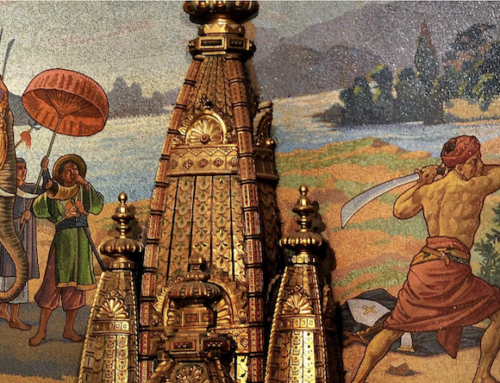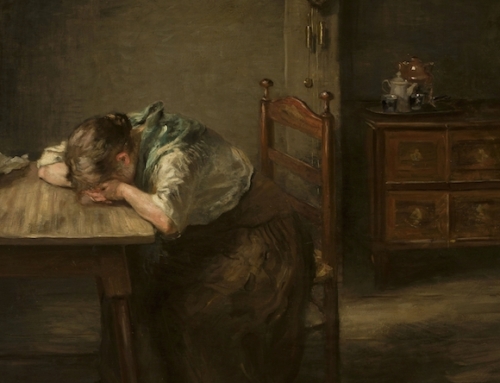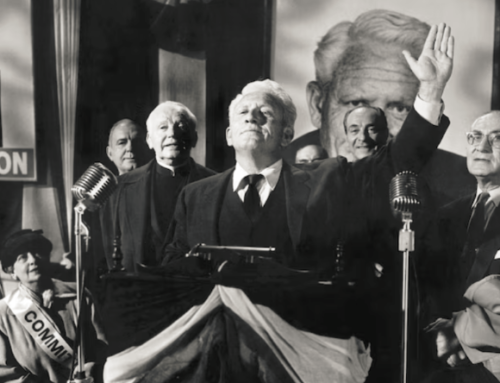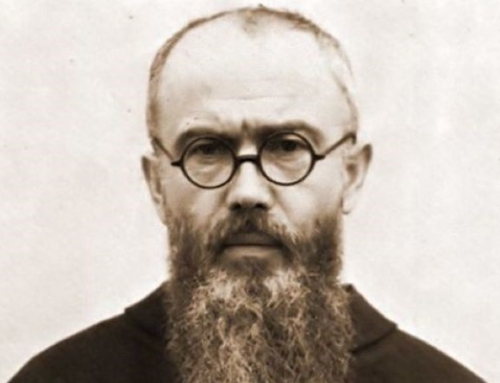In the end, evil destroys itself. This is certainly a comforting thought, but it can be hard to remember as we look upon the world. One of the functions of literature is to make these kinds of truths clearer for us. So, I’d like to propose two images that might help us to see evil as it really is, one from the Psalms and one from The Lord of the Rings.
The Psalmist says of an evil man:
He digs a hole and bores it deep,
but he falls into the pit he has made.
His malice turns back upon his head;
his violence falls on his own skull. (Ps 7:16–17)
There’s something almost comical about this image. The evil man has spent lots of time digging a hole, making it as deep—and therefore deadly—as possible. The next morning, he’s walking along the road, congratulating himself for being so clever. But he’s so immersed in himself that he forgets to pay attention to where he’s going and rediscovers his pit head first. The Psalmist certainly knows how to weep, but here he laughs in the face of evil: not because the evil is light, but because against the mighty arm of God, no foe can stand. Seeing as God does, the Psalmist knows that wicked schemes are ultimately futile foolishness.
In The Lord of the Rings, the One Ring acts as its master, the Dark Lord Sauron, does, making slaves of whomever it can bend to its service. It is particularly successful in the case of Gollum, whose possession of the Ring turns him into its perfect slave. This is seen especially at the end of the story. Gollum has lost the Ring, but he catches up to its current owner and bites off his finger—and the Ring along with it. Like the perfect slave that he is, he rejoices at having been reunited with his master, gazing at the Ring with a kind of twisted love. He is so enraptured that he forgets that he stands on the brink of a cliff in the heart of a volcano. Gollum steps too far and falls into the pit, where slave and master perish together. The Ring’s very success in enslaving Gollum turns to its own undoing.
This dynamic will play itself out once again over the next three days. On Good Friday, Jesus entered the pit of death, not falling, but proceeding confidently. In swallowing up Life Himself, death achieved its perfect victory. In swallowing up the Lord of Life, death destroyed itself. For it stumbled on the edge of destruction and fell into the pit of its own making. Death itself has died and has become for us the door to eternal life. “Where, O death, is your victory? Where, O death, is your sting?” (1 Cor 15:55)
✠
Image: Gollum at Wellington Airport by user Schwede66 (CC BY-SA 3.0)







